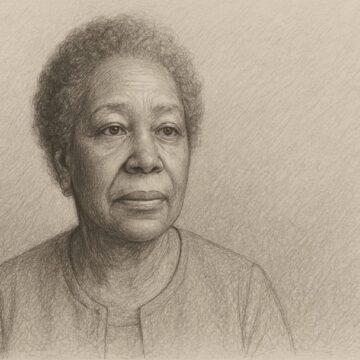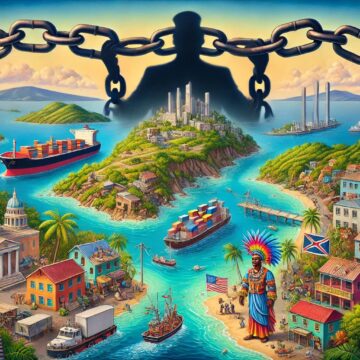In Trump's America, citizenship has become disturbingly meaningless. The horrifying case of Kilmar Abrego Garcia illustrates how swiftly constitutional protections vanish when executive power goes unchecked. Denied legal counsel, blocked from courts, and stripped of his right to due process, Garcia's story is a chilling warning: no citizen is safe if the government can arbitrarily erase your rights. As the administration moves closer to openly targeting political dissenters, human rights activists, and anyone branded an "agitator," Americans must confront the terrifying truth—today it's Garcia, tomorrow it could easily be you.
Category: Politics
Trump’s 2025 Deportation Architecture and the Unlearned Lesson of the Removal Act
Expedited removal is the twenty‑first‑century descendant of the Indian Removal Act: a policy engineered for speed, distance, and silence. When a government normalizes exile without a hearing, it is not testing the margins of due process—it is erasing them, and the targets keep expanding until the line between non‑citizen and citizen turns to vapor.
Methadone Monopoly and the Theft of Public Funds: Few Profit While America Stays Hooked
America’s methadone maintenance system has become a multi-billion-dollar behemoth, fueled by taxpayer subsidies that keep people dependent on opioids rather than fostering genuine recovery. This article exposes how a privileged few profit while crucial community services—mental health care, physical therapy, and nutrition—go underfunded. It calls for redirecting resources into comprehensive support that addresses the root causes of addiction, challenging the deeply entrenched profit motives that dominate American healthcare.
How Ruby Bridges Faced America’s Deepest Prejudice
When Ruby Bridges walked into William Frantz Elementary School on a November morning in 1960, escorted by federal marshals, she unknowingly became a symbol of America's battle against racism and segregation. At just six years old, Ruby faced angry crowds, isolation, and hostility simply for going to school. Yet, she persevered, becoming the first Black student at the previously all-white institution. Her courage not only helped dismantle segregation in American education but set her on a lifelong journey of activism, inspiration, and social change. This comprehensive exploration of Ruby Bridges' life delves into her extraordinary childhood, the powerful legal battles that made her integration possible, her quiet years beyond the spotlight, and her ongoing fight against racial injustice. Discover how Ruby’s bravery as a child continues to echo through generations, encouraging us all to confront prejudice with strength and dignity.
America’s Forgotten Paradise—U.S. Regulations Strangle the Virgin Islands
The United States Virgin Islands are caught in a web of outdated policies, economic strangulation, and political neglect—an American territory in name but not in full privilege. While the mainland thrives, the Virgin Islands are forced to navigate federal regulations that drive up costs, stifle industry, and keep the local economy dependent on tourism. The Jones Act inflates the price of goods, IRS restrictions prevent competitive banking and investment, and limited federal funding leaves infrastructure in decay. Despite being home to U.S. citizens, the Virgin Islands remain voiceless in Congress and powerless in presidential elections. Washington’s policies don’t just overlook these islands—they actively hold them back. It’s time for change, time to break free from the colonial chains, and time to give the Virgin Islands the economic and political autonomy they deserve.


